A substantial proportion of infants diagnosed with cystic fibrosis (CF) by newborn screening have pulmonary inflammation and infection, and radiologic evidence of structural lung disease. Early lung disease may progress while the infants remain asymptomatic.
This module will help CF physicians, nurse specialists, radiologists and respiratory scientists understand alternative approaches to lung function testing and imaging and how these may improve early lung disease detection and, ultimately, CF outcomes.
This post-meeting summary module captures presentations and discussions held during the SHIFT 2019 symposium, held in Perth on 6-7 August 2019.
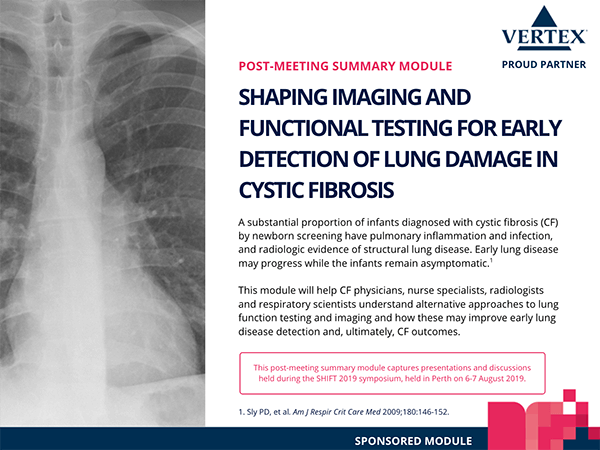
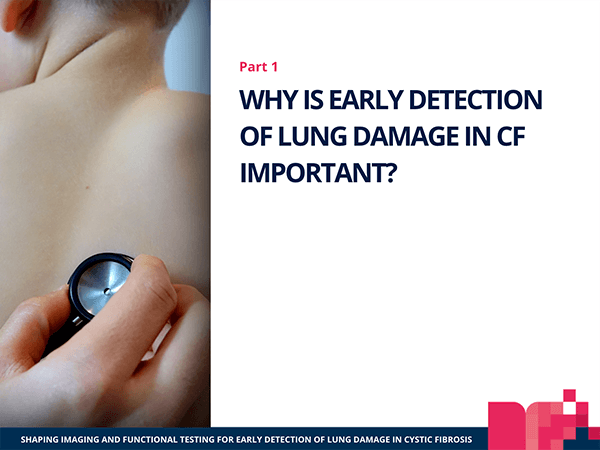
- People with CF are living longer, healthier lives
- Lung disease is evident from an early age
- Airway infection is linked to inflammation, which leads to progression of lung disease
- Are we looking at disease progression early enough?
- Structural lung damage is related to inflammation
- Early intervention can positively influence CF outcomes
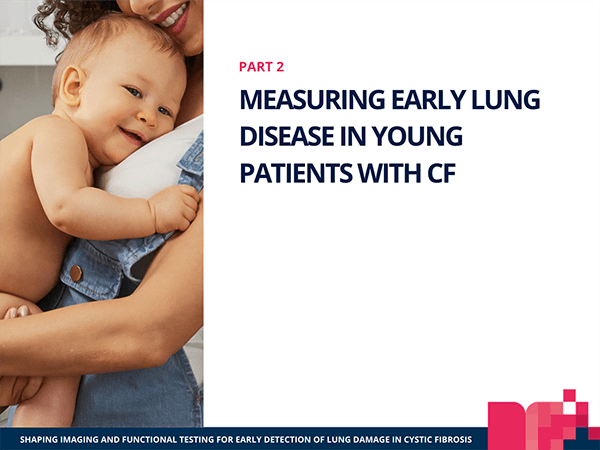
- Detect disease progression in early life
- Spirometry is an inaccurate measure of early lung disease in CF
- Spirometry is difficult to measure and unreliable in children <6 years
- Alternative outcomes measures are needed
- Expert insights
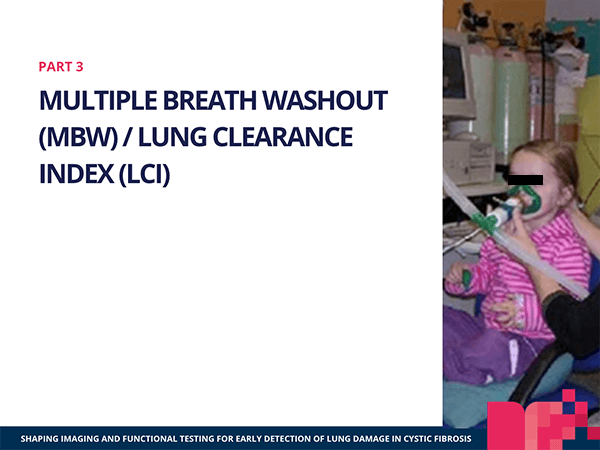
- What is the role of MBW/LCI in CF?
- LCI as a research outcome
- LCI as a clinical outcome
- Summary
- Clinical Reflection
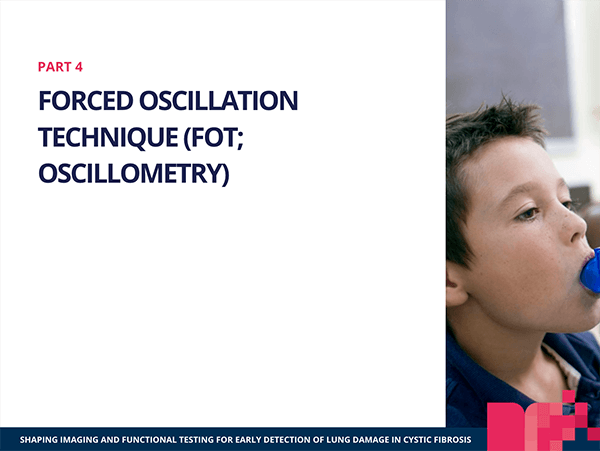
- What is the role of FOT in CF?
- What happens during a conventional oscillometry test?
- What does current evidence show?
- Oscillometry as an experimental outcome
- Oscillometry as a research tool
- Oscillometry as a CF outcome measure
- Summary
- Clinical reflection
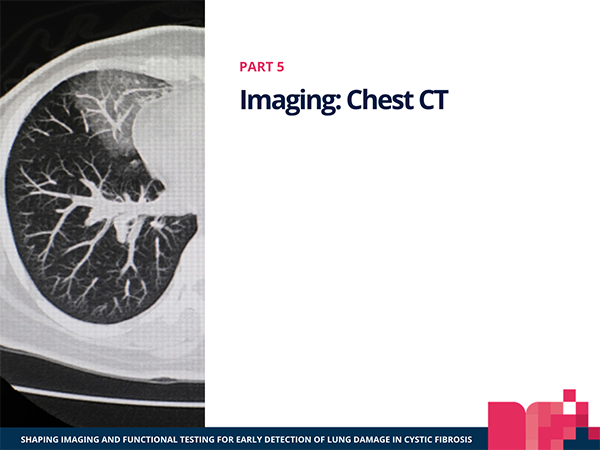
- What is the role of chest CT in CF?
- What does the current evidence show?
- CT as a clinical outcome
- CT as a research outcome
- CT as a CF outcome measure
- Summary
- Clinical Reflection
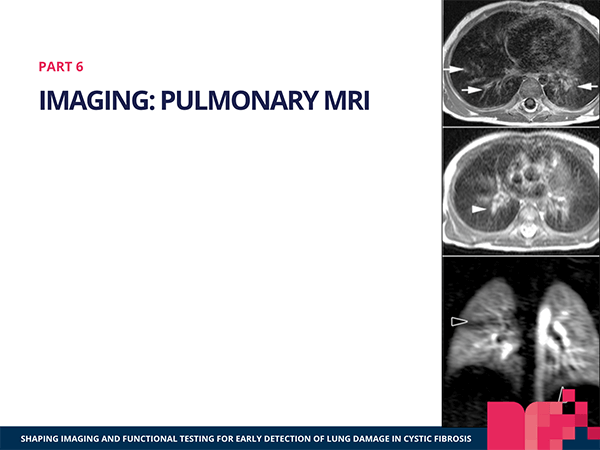
- What is the role of MRI in CF?
- What does current evidence show?
- MRI as a CF outcome measure
- 3T MRI protocol development in Australia
- Summary
- Clinical Reflection
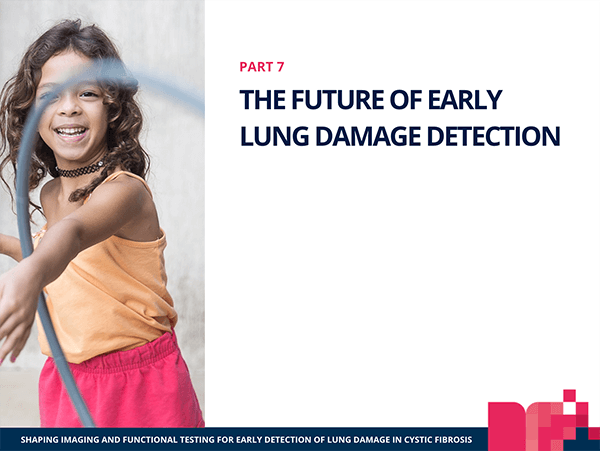
- Outcomes measures for CF are rapidly evolving
- Novel imaging approaches may provide both structural and functional information
- Next steps to implement alternative outcome measures in clinical trials
- Next steps to bring alternative outcome measures into clinical practice
- Summary
Evaluation
In this section you are required to answer 6 questions, which ask you to evaluate your experience and satisfaction with this module.
CERTIFICATE
Unlocked upon completion of this module.